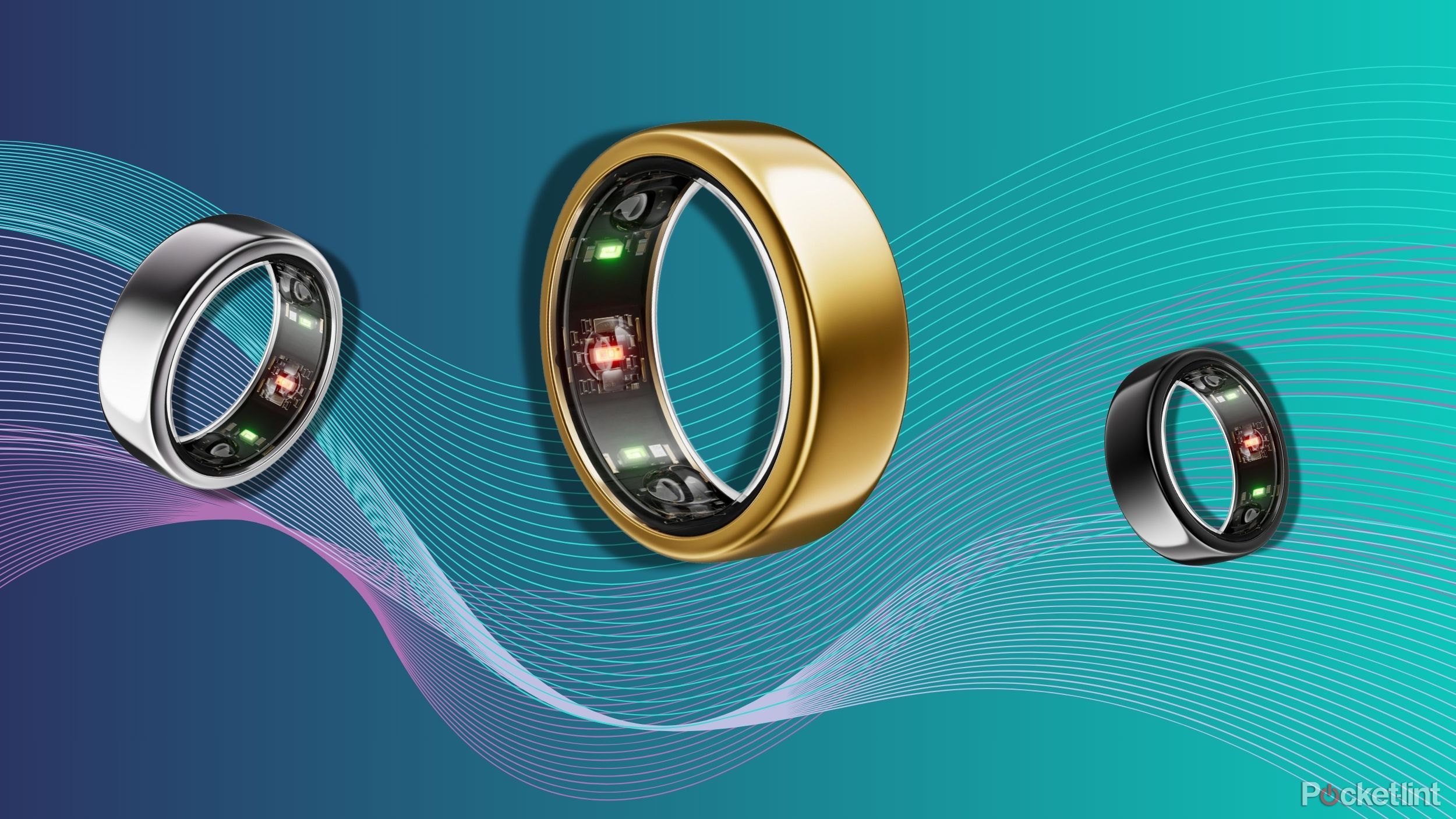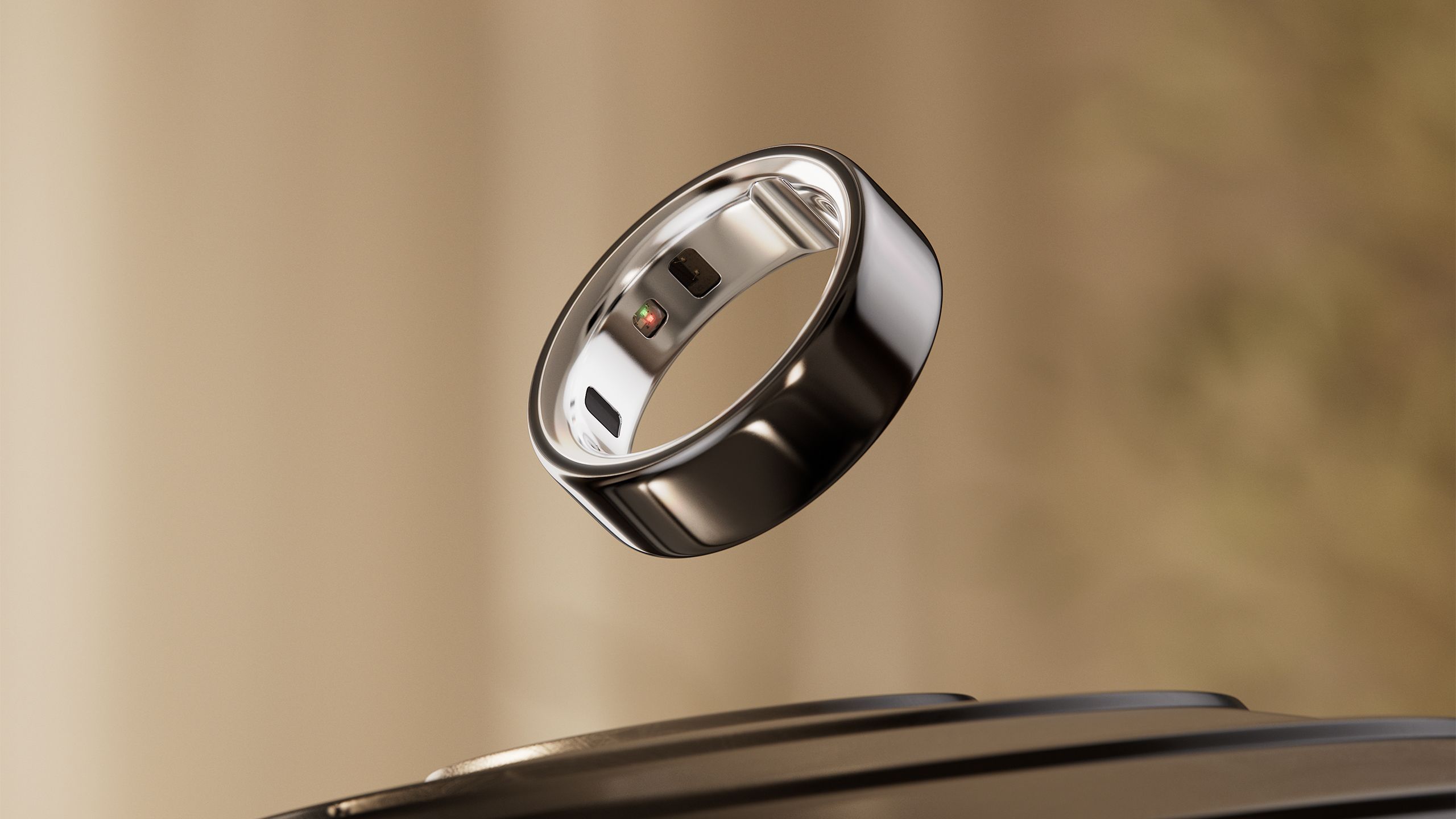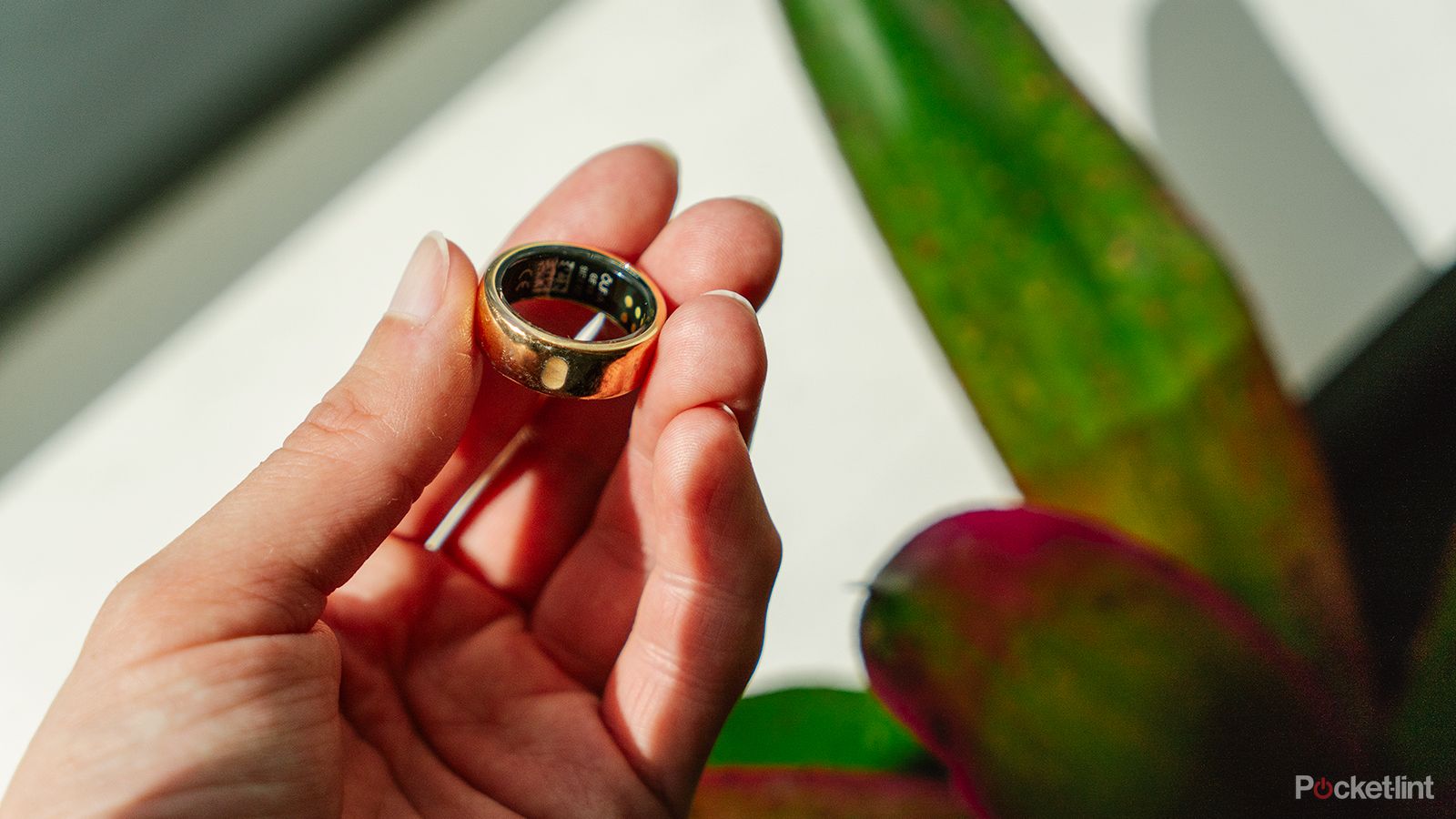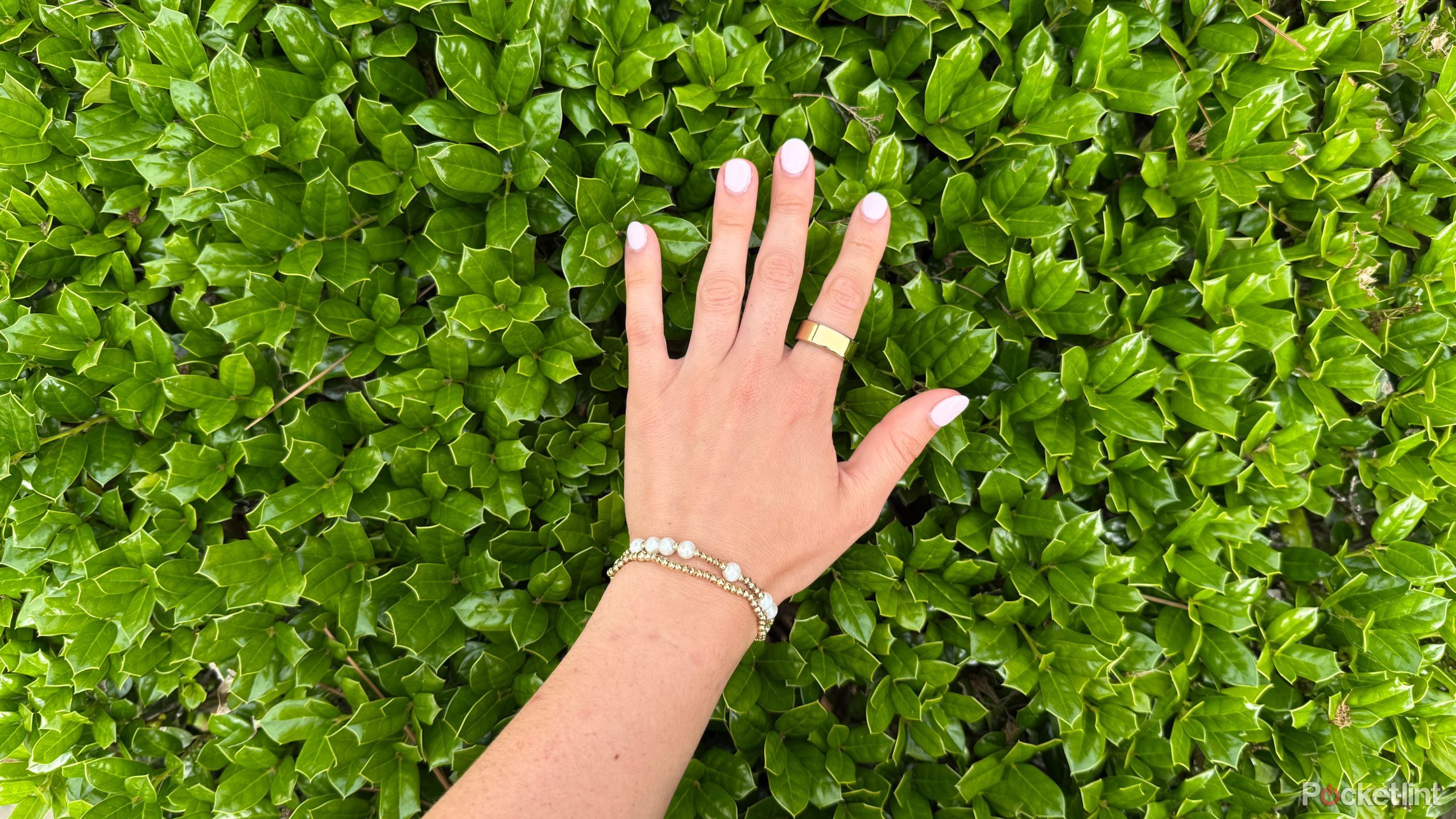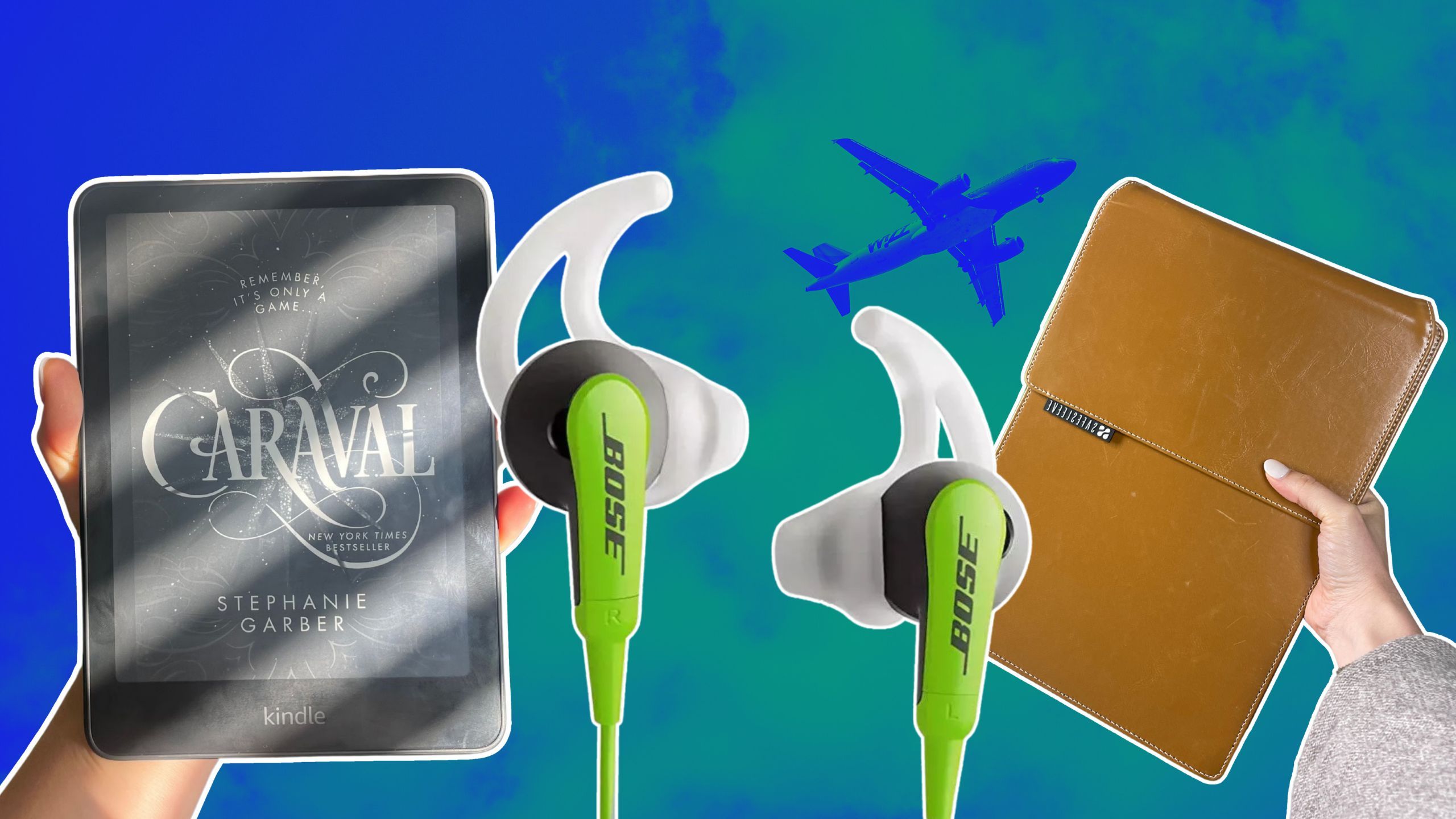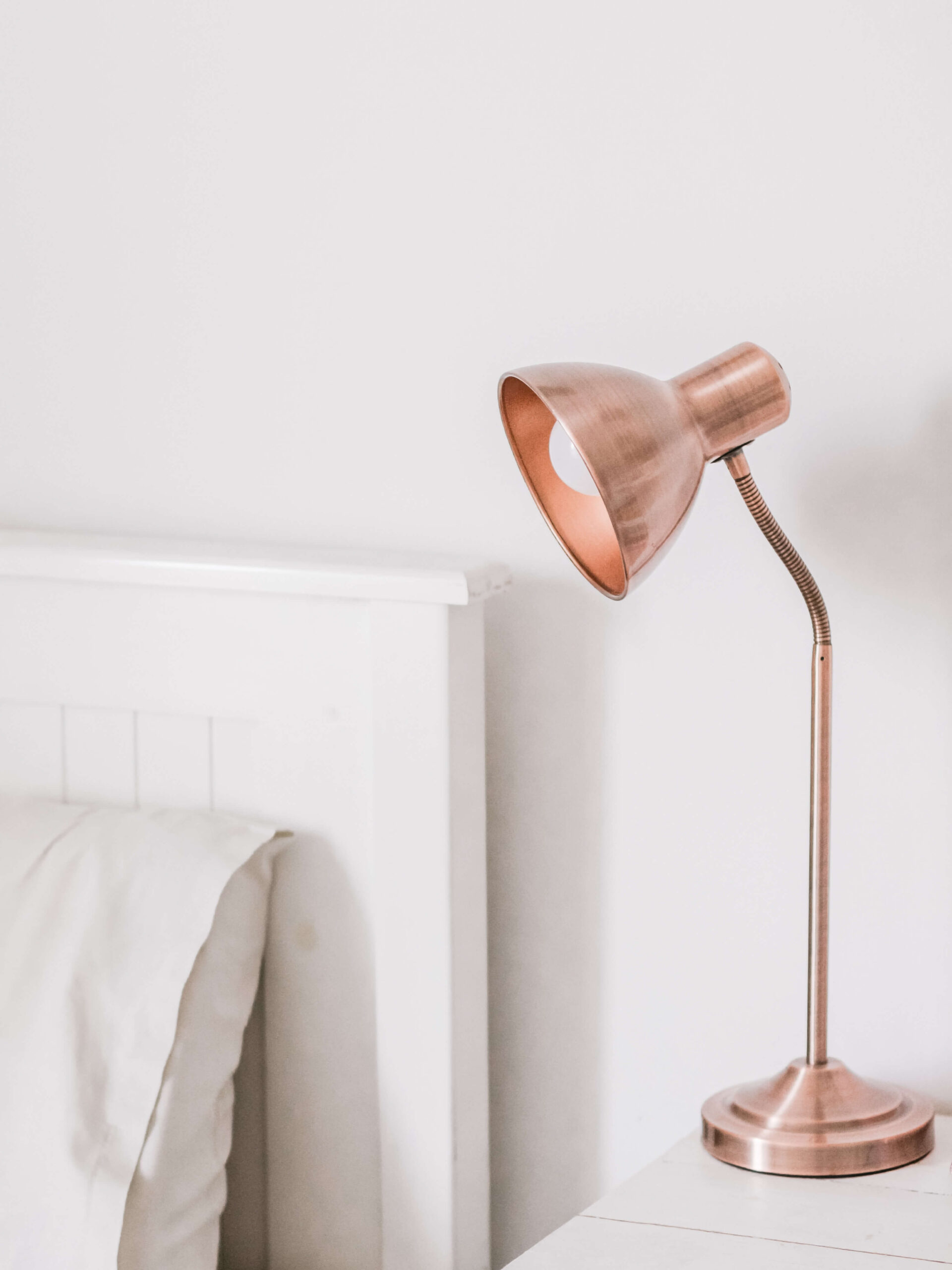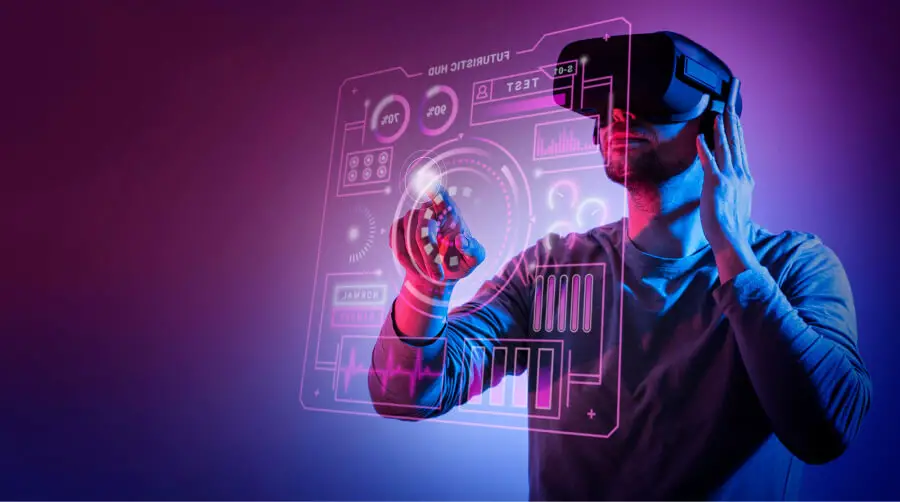Summary
- Oura Ring 4 provides accurate data with advanced sensors and algorithms for all-day tracking.
- Wearable industry giants, including Oura, join forces to detect early signs of opioid relapse through data analysis.
- Oura is contributing continuous, personalized health data to a study aiming to provide proactive recovery steps.
The only kind of peer pressure I’ve experienced thus far in my twenties is to A) join a run club, and B) get a fancy
health tracker
. I can’t lie to you, dear reader, when I say that caving into both societal expectations only did good things for my health — not to mention my social life in a brand-new city.
When it came to the Oura Ring, it spread like wildfire. One person shows up to brunch sporting a flashy new piece of gold on their index finger, and next thing you know, entire friend groups fall like dominos knocked over with a simple, “OMG, is that the Oura Ring?”
I’ve infected several friends and mutuals with the fever. However, on Oura’s end, the wellness
wearable
company is committed to preventing a different kind of domino effect: opioid relapse.
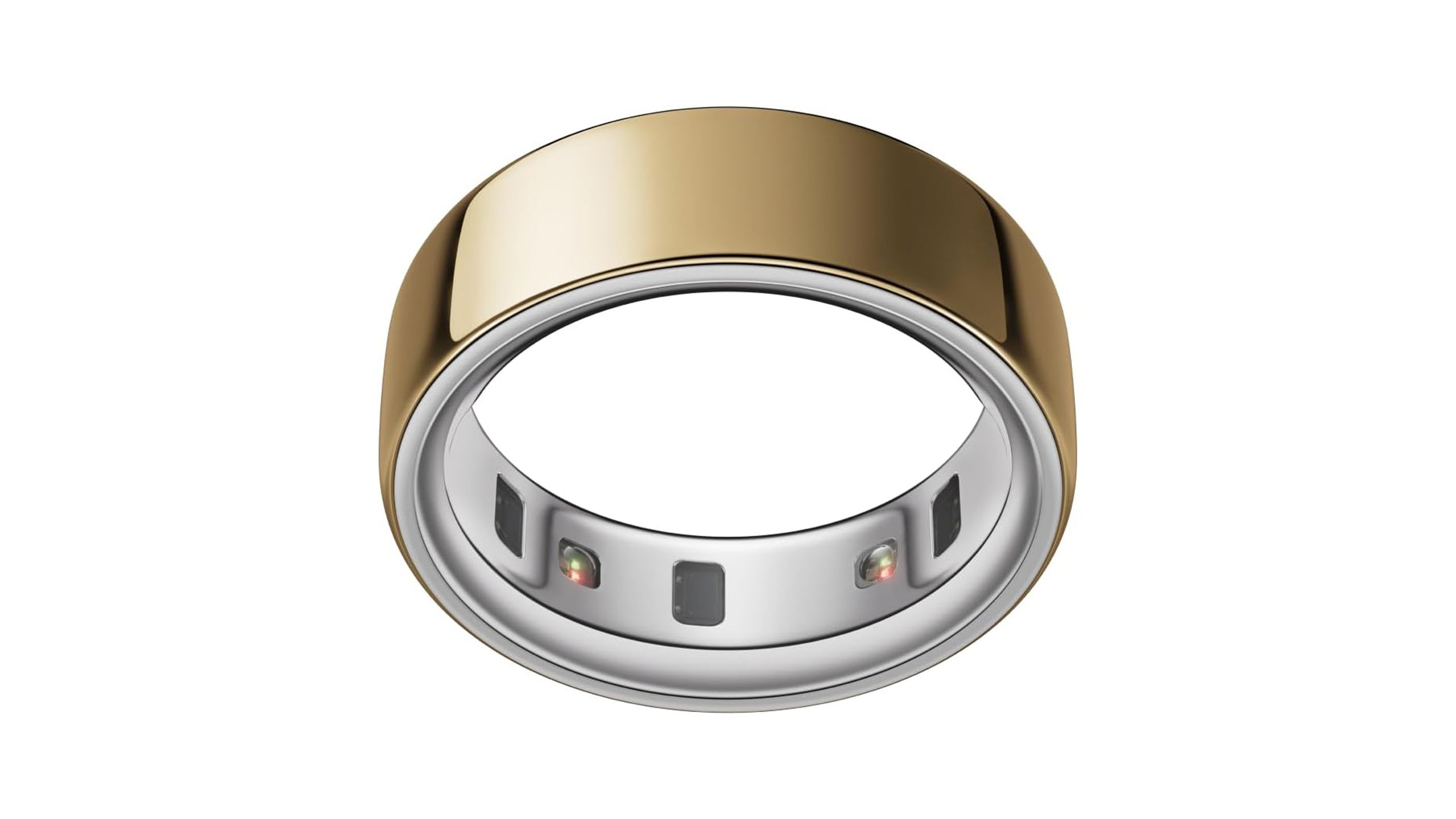
Oura Ring 4
The Oura Ring 4 is the latest generation of smart ring from Oura. It features an updated sensor design with new algorithms that adapt to your particular finger throughout the day, providing more accurate data. It also offers more inclusive sizing, fitting a wider range of fingers.
Related
Asus’ new smartwatch beats the Apple Watch to the health-tracking punch
Apple Watch Series 10, you’ve lost first place.
Oura joins a coalition to help prevent opioid relapse
With partners like Duke University, Google Fitbit, UNC-Chapel Hill, and more
Academia and medicine are pulling together a dream team with wearable industry giants — including Oura — to gain a better understanding of how behavioral and psychological data gathered from wearable health trackers could potentially reveal new insights that point to early signs of opioid relapse. It makes sense — health trackers are only getting better and better at measuring and tracking real-time health data, and opioid abuse is a crisis in the US, with roughly 5.7 million people afflicted with opioid use disorders and more than 81,000 deaths from overdose each year.
Relapse is when a person returns to substance use or harmful behaviors, usually after a period of control or abstinence. It’s also often regarded as one of the most dangerous times for someone in recovery. If wearable tech can provide data that reveals patterns, the aim of this coalition is to detect early warning signs of relapse occurring.
Related
5 things you (probably) didn’t know your Oura Ring could do
It might be the best, chic sleep tracker on the market, but what else can this stylish tracker do?
Oura’s role in the study
All that data you use and love
Oura
What do you and I use our wearable wellness devices for?
Health tracking
. I typically only ever take off my Oura ring to shower, and when I do, it goes right on its charger to sync up for when I crawl into bed a few hours later.
Oura’s data is continuous, and that’s exactly what it’s contributing to the study. The data that the ring collects from people like you and me is personalized and gathered in real time. Alone, it might not reveal much information. However, put it side-by-side with thousands of other people’s data, and the experts driving this study could very well identify key indicators of relapse risk, such as changes in heart rate, insomnia, physical inactivity, and physiological stress.
But the researchers are attacking it from a few different angles — participants will also use their phones to log their mood and other health markers like social anxiety, isolation, and more. It’s a holistic approach made easily accessible to those participating through the technology they potentially already have and use every day.
We’re proud to support this study by providing continuous health monitoring and personalized, data-driven insights. This can empower individuals to take proactive steps in their recovery, potentially reducing the burden on our overstretched public health systems and offering a crucial tool in the fight against the opioid epidemic.
— Shyamal Patel, Senior Vice President of Science at Oura
Related
Can’t find your Oura Ring? You’re not out of luck, follow these steps to locate it.
What will happen in the study?
Looking at the next five months
Over at Duke University, the BIG IDEAs Lab will be conducting a pilot study. They will be gathering the first round of data with a pool of participants in recovery and training an AI algorithm with the potential to spearhead prevention tools.
Yes, it’s a smaller group, but the study has to start somewhere. The researchers aren’t just focused on their group within the four figurative walls, either — one of the main initiatives is to make these tools feasible for real-life. What value would the insights hold if the preventative tools weren’t accessible and inclusive for a diverse group of people?
Oura and the other partners in the study are broadening the horizons of what wearable technology is capable of. Yes, my Oura ring lets people like me optimize my health and track my sleep — not to mention acting as a wellness and fashion statement. But this data has the potential to save lives in way more than one capacity.
Personalized health is the future — and this study reinforces that idea in ways I had never imagined.
Related
5 gadgets I always travel abroad with
You’ve got your outfits planned out, so what about your tech?




